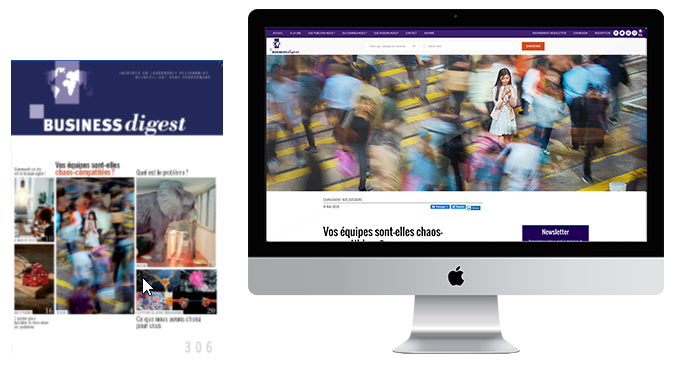Why clarity is so powerful (and how to get it)
Based on Clarity First by Karen Martin, (Mc Graw Hill Education, 2018) and an interview with Daniel Wolcott President and CEO, Adventist Health Lodi Memorial (August 2018)
In a complex world, where ambiguity reigns, creating clarity within an organization requires courage and discipline. It might seem overwhelmingly challenging at first, but over the long term, clarity-oriented organizations outperform their competitors.
Toleration of ambiguity is on the rise as a defense mechanism against uncertainty, volatility and complexity. It is even often listed as a sought-after quality on job boards.
Often confused with agility today, tolerance for ambiguity has come to be seen as an asset for operating in the face of uncertainty and volatility. According to Karen Martin, this thinking is misguided: the more complex a situation is, the more it needs to be understood with a maximum of clarity.
Contrary to ambiguity, clarity is neither comfortable nor natural. It is something we have to learn, practice and strengthen at an individual and organizational level.
Ambiguity is seductive…
Due to the fact that ambiguity is often presented today as a sign of flexibility and the ability to adapt, it has become a default mode that companies assume in response to their environment. When faced with competing demands and constantly shifting information, a prudent approach seems to be to stay in a gray area rather than adopting a clear-cut position. For example, a company may sign up to a sustainable development approach for certain product lines while continuing to use the same polluting – but cheaper – methods on other series. To avoid alienating any of the firm’s customers — neither those clients who are sensitive to ecological arguments nor those looking for the best prices – the company does not take a clear stand either way when it comes to environmental impact. But, of course, trying to take this ostensibly safer route also carries the risk of blurring the company’s purpose and thereby ultimately alienating both sets of clients.
Ambiguity is also often used as a strategic tool in negotiations. Customers rarely show all their cards to suppliers when discussing a contract. “Clarity,” explains Martin, “is intentionally avoided in situations where it may cause one of the parties to take a position that could damage the relationship, cause confl ict or restrict future options.”
… but clarity is key!
Ambiguity may seem to do damage control in the short term, but, in fact, it simply serves to be a way of side-stepping core issues that will eventually come back to haunt you. By contrast, opting for an approach based on systematic clarifi cation is likely to prevent costly and harmful mistakes over the long term. It also serves to stimulate an organization’s performance in four ways:
Excerpt from Business Digest N°289, September 2018
© Copyright Business Digest - All rights reserved
